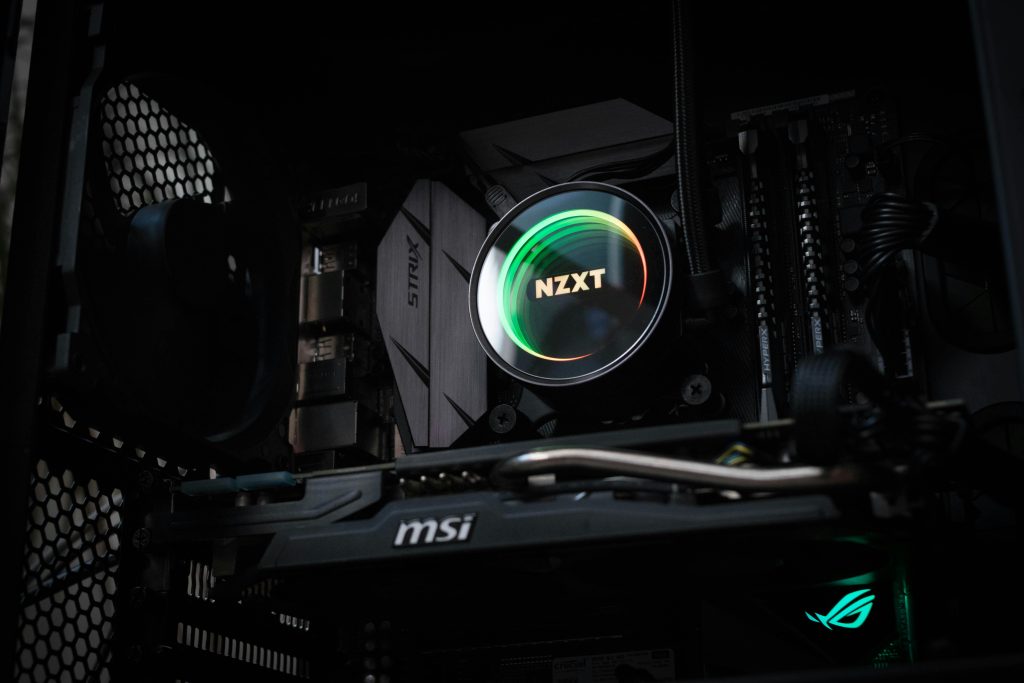Understanding USB Limitations in ISO Flashing: Insights and Solutions
When it comes to creating bootable USB drives for operating system installations, many users rely on tools like Rufus. However, a common question arises: Do USB drives impose limitations on flashing ISOs? This inquiry often surfaces when installation errors occur, as experienced by one user who faced obstacles when attempting to install Linux and Windows.
Initially, this individual encountered persistent error messages indicating missing files or corrupt installation media, leading to the speculation that there might be an inherent limit on how many operating systems could be installed from the same USB drive. Such concerns are not uncommon, especially among those who have flashed multiple ISOs onto a single drive.
After a series of frustrating attempts, the user discovered that the root of the problem was not the USB drive itself but a misconfiguration within the BIOS settings of their computer. Upon resetting the BIOS to its default state, they were able to successfully complete the installation process.
This experience serves as a reminder that while USB drives are generally reliable for flashing ISOs, they can be affected by factors such as BIOS settings and file integrity. If you find yourself facing similar issues during installation, it might be worthwhile to check your BIOS configuration, as well as verifying the integrity of the ISO files you are using.
In conclusion, while USB drives are a convenient tool for OS installations, they are not immune to errors that can stem from other components of your system. Always ensure that your BIOS is properly configured and consider performing a checksum on your ISO files before proceeding with the flashing process. Happy flashing!
Share this content:




Thank you for sharing this detailed overview. Indeed, USB drives generally do not impose strict limits on flashing multiple ISOs; however, several factors can influence the success of your bootable media creation. As highlighted, BIOS settings can significantly impact the process. Ensuring that your BIOS is configured to support UEFI/Legacy modes appropriately and disabling secure boot when necessary can help prevent installation errors.
Additionally, file integrity is crucial. Always verify ISO files with checksum methods (MD5, SHA256) before flashing to ensure they are not corrupt. Using reliable tools like Rufus, which offer options for verifying ISO integrity and selecting the correct partition scheme, can further enhance success rates.
If you encounter persistent issues, consider partitioning your USB drive properly and reducing the number of ISOs stored on it to avoid file system limitations or corruption risks. Regularly updating your BIOS/firmware and using the latest flashing tools can also make a difference.
Remember, the key is to troubleshoot systematically: verify ISO integrity, confirm BIOS configurations, and use compatible tools. If issues persist, testing with a different USB drive or port might reveal hardware-related limitations. Feel free to share specific error messages or symptoms for more tailored assistance.